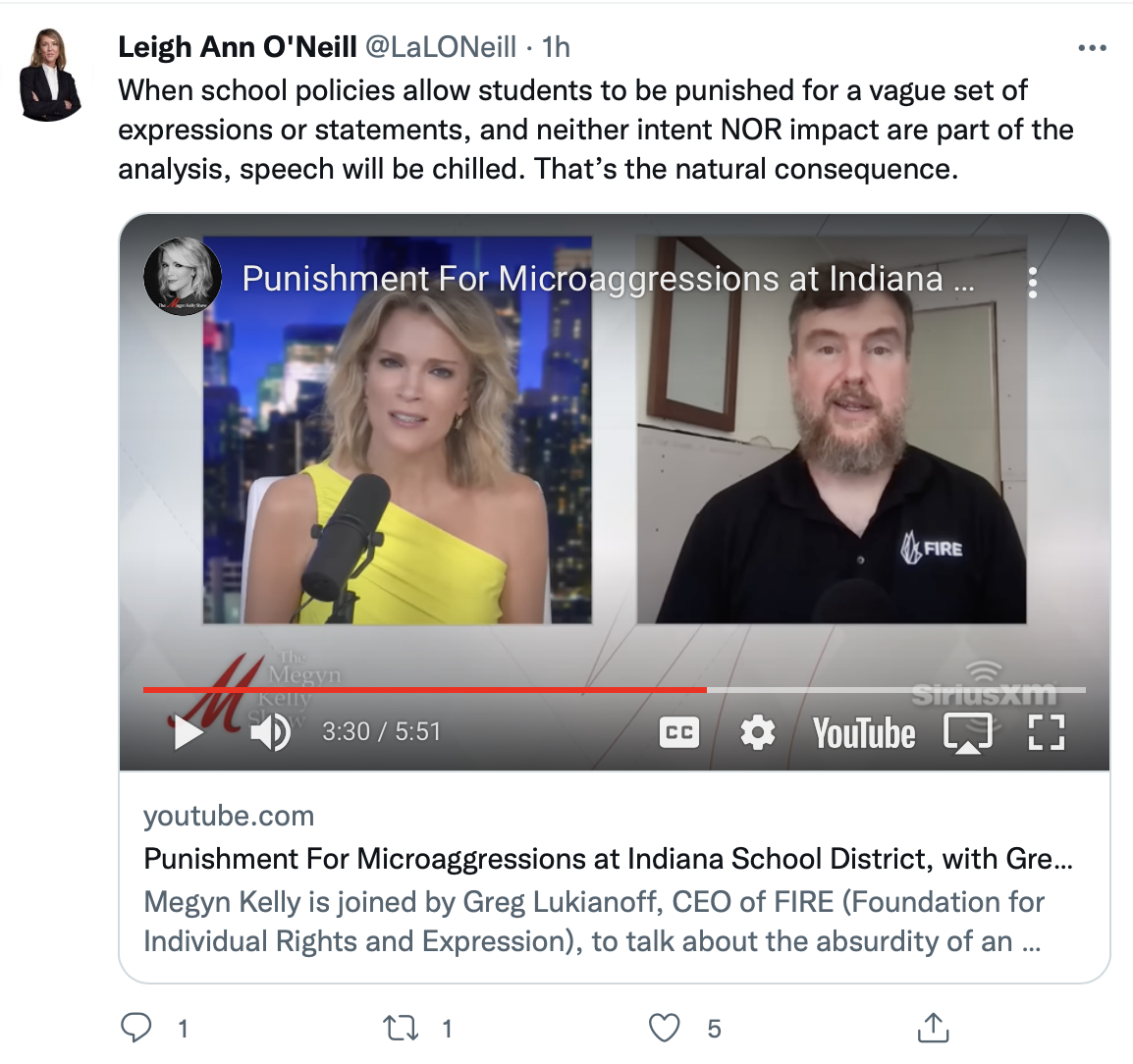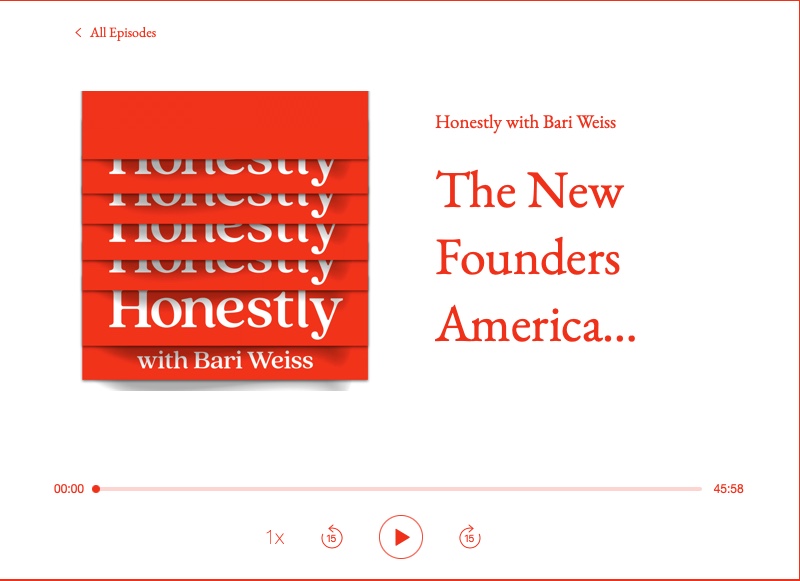FAIR is the Foundation Against Intolerance and Racism. FAIR often speaks up when organizations exhibit illiberal tendencies, even when this is done with good intentions. A recent example, a letter FAIR sent to the University of Colorado. Here's an excerpt from FAIR's letter of concern:
To summarize the information provided to FAIR: The University is emphasizing a particular ideological viewpoint and concomitant intolerance of dissenting viewpoints. It has held events where individuals are physically segregated based on skin color. A chilling effect has resulted on campus, leaving some employees and students feeling they cannot express their beliefs without fear of retribution.
We have significant concerns if that information is accurate. As an advocate for pro-human antiracism, FAIR respects educators who undertake efforts to create positive change and greater fairness. There can be no question of past and present injustices committed in this nation. However, institutional policies and practices that attempt to remedy prejudice should not themselves further prejudice or intolerance. It is unconstitutional for a public institution to segregate individuals by skin color, even if the purpose is benign. Johnson v. California, 543 U.S. 499, 506 (2005). Shelley v. Kraemer, 334 U.S. 1, 22 (1948); Shaw v. Hunt, 517 U.S. 899, 908 (1996).




